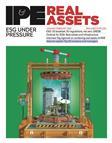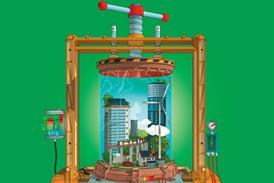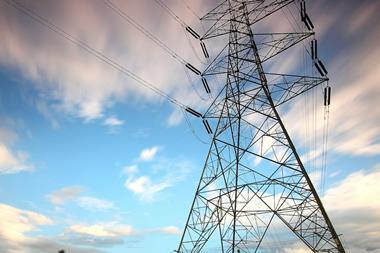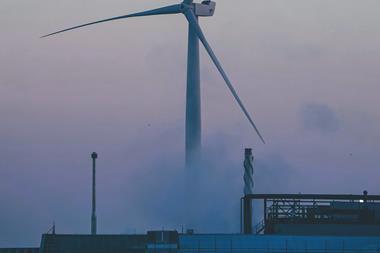The increase in energy demand naturally means supply chains and distribution networks will need to expand. Paul Strohm reports
As demand for energy is growing and its sources are of necessity changing, so the demand for more of a different type of energy distribution infrastructure has emerged.
According to the Energy Institute, liquefied natural gas continues to increase its share of year-on-year growth in the global natural gas trade. The LNG trade now stands at more than 190bn cubic metres per year and represents some 27% of international gas trade movements.
Global demand for LNG is expected to increase by 97% to 344bn cubic metres by 2010. New production fields are being developed around the world and new transport facilities, including specialised ships and shipping terminals, are being built.
One motive for accelerating the process in the EU has been the drive to decrease the region's dependence on Russia.
At the global level, though, Australia has several huge LNG projects in various stages of planning and development. Each of those projects is a multi-billion dollar investment opportunity along the infrastructure value chain, according to Invesco's Maggie Lee, senior manager of the Invesco Asia Infrastructure Fund.
Fuel pipelines are of course by no means new and their value as an investment has been exploited for some time.
In April 2007 pension fund Caisse de dépôt et placement du Québec purchased approximately 4.7m share units in Enbridge Partners, which owns the US portion of the world's longest liquid petroleum pipeline and is active in natural gas gathering, processing and transmission.
In June 2006, ABN Amro Infrastructure Capital Equity Fund acquired ESP Gas Pipeline Group for £225m from private equity group Terra Firma.
ESP is the third-largest licensed independent gas transporter in the UK.
ABN Amro Infrastructure Capital Equity Fund was established in 2005 to invest in a broad range of infrastructure assets globally. Hans Meissner, ABN Amro Infrastructure Capital Management CEO, said: "The independent gas transportation (iGT) market has grown rapidly since its emergence in the mid-1990s and continues to offer high rates of growth in a well-established and transparent regulatory regime."
ABN Amro's Global Infrastructure Fund also acquired Società Gasdotti Italia early this year for €300m. SGI operates a network of high-pressure natural gas pipelines in central and southern Italy. Its approximately 1,300km of pipelines constitute about 4% of the total size of Italy's network. Meissner says, "SGI is an attractive infrastructure investment opportunity as it provides predictable and strong cash flow generation and should provide attractive returns with initial and growing yield."
RREEF Infrastructure's first direct UK infrastructure investment, which it made in June 2005, was a €36m investment in Northern Gas Network (NGN) through a consortium led by Hong Kong-based Cheung Kong Infrastructure Holdings. RREEF Infrastructure's investment bought it a 4.1% stake in NGN, which owns approximately 36,000km of distribution gas mains and services an area of 6.7 million people.
The context of gas pipeline ownership in Europe is changing, though, and the emergence of liquefied natural gas is changing the infrastructure needs of the industry.
For example, until now the UK has been self-sufficient in gas because of abundant supplies from gas fields, predominantly in the North Sea. However, the UK has 21m gas customers, a figure that is growing while output is diminishing. Importing liquefied natural gas (LNG) is one solution.
Large discoveries of gas have been made in North Africa, the Middle East, and West Indies - LNG-producing countries include Algeria, Trinidad, Oman and Qatar - and two new terminals for the importation of LNG are being built at Herbrandston and Waterston, both close to Milford Haven in Wales. These terminals will be connected to the national gas transmission system, which is run by National Grid and pipelines are currently being built at a cost of around £840m.












